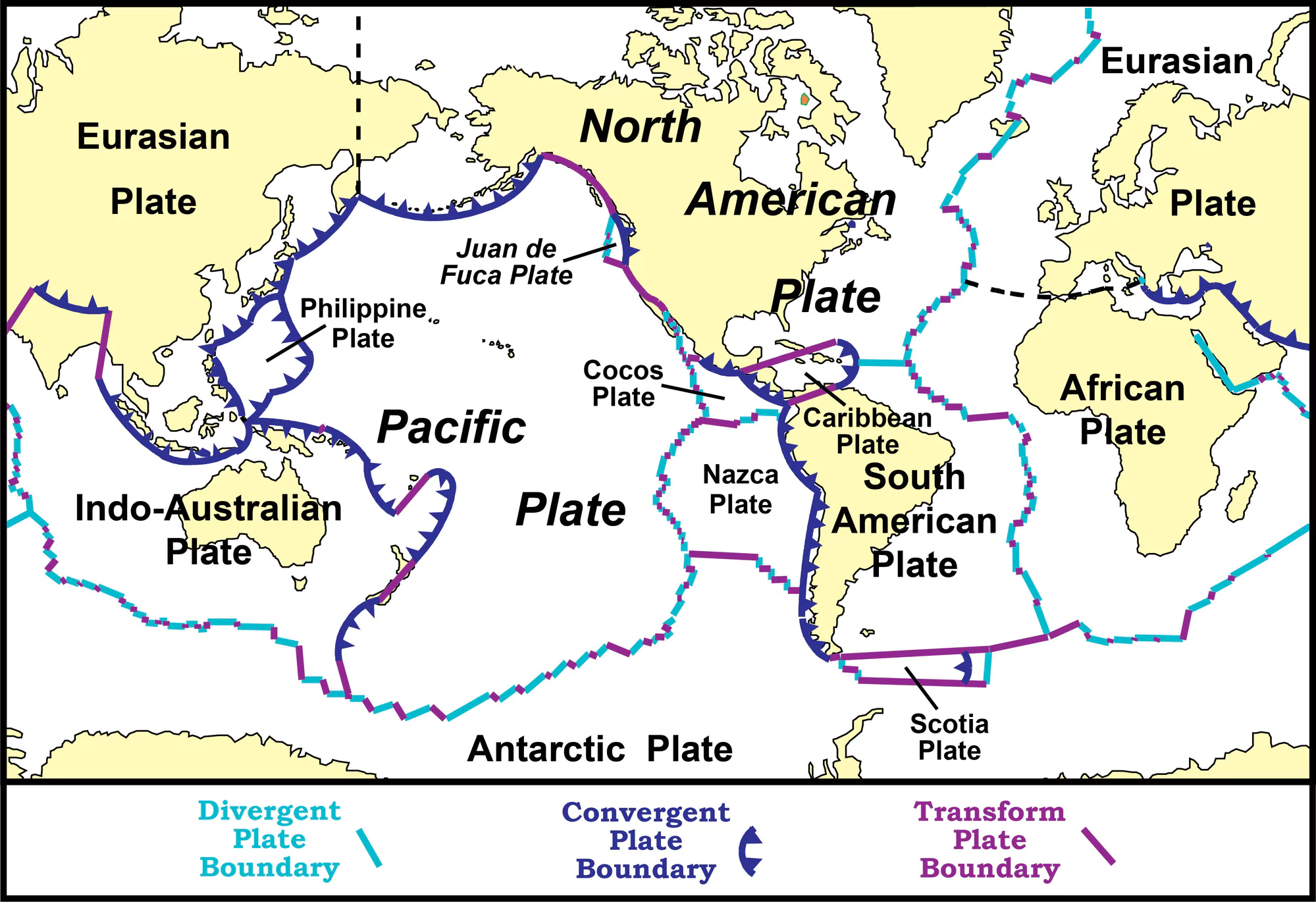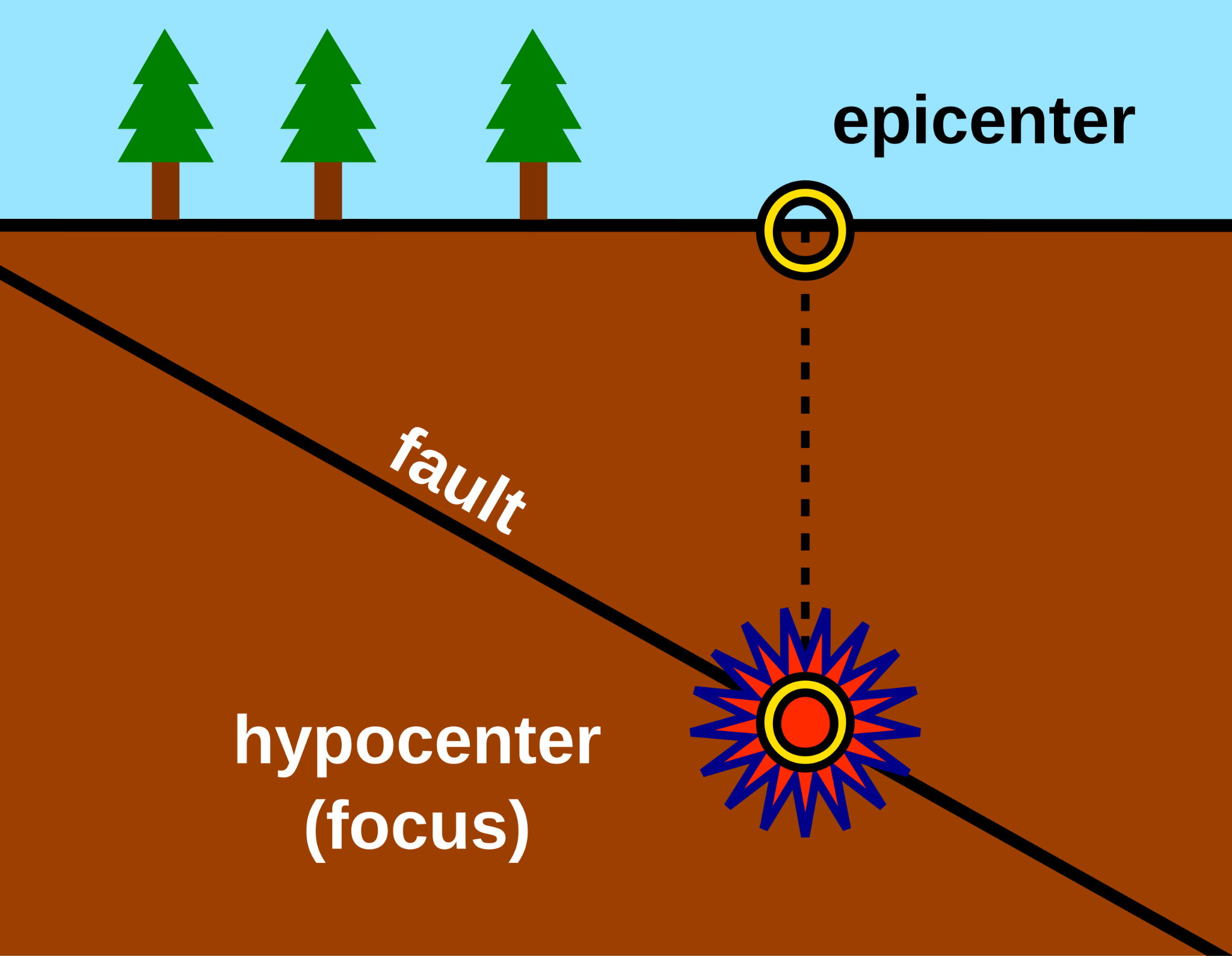Myanmar Earthquake
A powerful 7.7-magnitude earthquake struck central Myanmar near Mandalay on March 28, 2025, causing widespread destruction and significant casualties. In Myanmar, at least 144 people were confirmed dead, with over 732 injured; authorities expect these numbers to rise as rescue operations continue.
The quake damaged buildings, bridges, and dams, and tremors were felt as far as China's Yunnan and Sichuan provinces. Myanmar's military junta declared a state of emergency in six regions and made a rare appeal for international aid.
What is an Earthquake?
An earthquake is the sudden shaking or movement of the Earth's surface caused by the release of energy stored in the Earth's crust. This energy release occurs due to movements along faults, volcanic activity, or human activities like mining and reservoir-induced seismicity. The point where the earthquake originates underground is called the focus , and the point directly above it on the Earth's surface is the epicenter .
Why Did the Myanmar-Thailand Earthquake Occur?
The recent 7.7-magnitude earthquake in Myanmar was caused by the tectonic activity along the Sagaing Fault . This is a major fault line running through Myanmar, where the Indo-Australian Plate and the Eurasian Plate interact. The earthquake’s depth and location contributed to the widespread damage in Myanmar and Thailand.

India’s Role in Global Earthquake Rescue Operations
India has a history of assisting in disaster relief efforts worldwide. Some key operations include:
- Operation Maitri (2015) – India provided rapid rescue and relief assistance to Nepal after a devastating earthquake.
- BHUCHARI Earthquake Assistance (Turkey & Syria, 2023) – India sent the NDRF (National Disaster Response Force) teams, medical teams, and humanitarian aid.
- HADR Missions (Humanitarian Assistance & Disaster Relief) – India has provided earthquake relief to countries like Iran, Indonesia, and Haiti.
- Operation Dost (2023) – India sent rescue teams and relief materials to Turkey and Syria after a powerful earthquake.
India’s Deadliest Earthquakes
| Year | Location | Magnitude | Deaths | Cause |
|---|---|---|---|---|
| 1897 | Assam | 8.1 | 1,500+ | Collision of Indian & Eurasian plates |
| 1905 | Kangra (Himachal) | 7.8 | 20,000+ | Himalayan fault movement |
| 1934 | Bihar-Nepal | 8.0 | 10,700+ | Indo-Nepal tectonic activity |
| 1993 | Latur (Maharashtra) | 6.4 | 9,748 | Intraplate earthquake |
| 2001 | Bhuj (Gujarat) | 7.7 | 20,000+ | Indian plate movement |
| 2015 | Nepal-Bihar | 7.8 | 9,000+ | Subduction of Indian plate |
World’s Most Destructive Earthquakes
| Year | Location | Magnitude | Deaths | Cause |
|---|---|---|---|---|
| 1556 | Shaanxi, China | 8.0 | 8,30,000 | Continental plate movement |
| 1976 | Tangshan, China | 7.5 | 2,42,769 | Active fault zone |
| 2004 | Indian Ocean (Tsunami) | 9.1 | 2,30,000+ | Subduction of Indo-Australian plate |
| 2010 | Haiti | 7.0 | 1,60,000+ | Enriquillo-Plantain Garden fault |
| 2011 | Japan (Tsunami) | 9.0 | 15,000+ | Pacific plate subduction |
| 2023 | Turkey-Syria | 7.8 | 50,000+ | Arabian plate movement |
Disaster Management
After an earthquake, governments and organizations implement several measures to rescue people and restore normalcy. Some key actions include:
- Search and Rescue Operations: Deploying rescue teams to locate and save trapped individuals.
- Medical Assistance: Providing immediate medical care to injured victims.
- Temporary Shelters: Setting up relief camps for displaced people.
- Infrastructure Repair: Restoring roads, bridges, and communication networks.
- International Aid: Seeking and receiving support from global humanitarian agencies.
- Psychological Support: Providing counseling for trauma-affected individuals.













